Companies like Google, Apple, Netflix, Uber are able to improve productivity per employee more than most others because of the emphasis they put on workspaces.
Workplace design and employee productivity are joined at the hip. Literally. It’s no secret, but office design does matter in employee output. From layout, workspaces, corridors, open and closed spaces, conference rooms, staircases, elevators, walls to even bathrooms can go a long way in motivating employees to give their best. Or demotivating them if it’s just another box office. Indeed, where you work matters a lot.
If offices didn’t matter it would be kind of one size fits all and companies would be designing the same kind of cubicles, workspaces and desks. And the world would have saved a lot of brainstorming hours and millions of design dollars over what kind of offices to build — a Googleplex or an Apple Park, more like a spaceship or Amazon spheres. Yet we need those uniquely designed, well thought out workspaces, not just because they look fancy but add to productivity and output in their own subtle and significant ways.
All companies don’t have the mind-boggling money like Google or Apple have to invest in corporate parks. But clever design is often more about thinking what’s best for employees and less about money. And even if you have to spend, don’t let a one-time investment deprive your hardworking employees of access to great workspaces.
The office is where employees spend the most productive years of their life. And a nice office draws them to leave home every morning looking forward to another nice day. Not just another table and chair but an innovatively-designed space that compels workers to give better than their best and in turn translates into a great hike at the end of the year and great P&L reading for the company!
That’s not a stretch. But that’s what workplaces can do — encourage employees to set new performance benchmarks so the companies they toil for stay ahead of the curve and competition. For example, a report found that employees with optimized daylight exposure experienced a 2 per cent increase in productivity. To break it down to hard data, that’s equivalent to an additional $100,000 per year for every 100 workers. Another research by Cornell University points to increased employee alertness with access to natural light. Workers in offices with smart glass reported a 56 per cent decrease in drowsiness.
Its time to wake up to invest in and design workspaces that translate into productivity gains. Remember, all tech tools do the same for productivity, so why ignore physical spaces. Great offices are designed keeping in mind various things, including the time it takes for employees to complete a task.
If collaboration is the key for an office, it must be suitably reflected in the spaces created for meetings and the proximity of different teams. Here walking long distance — by separate teams on different floors or buildings — might help clock nice number of steps on Fitbit but waste considerable productive time in commuting. A smarter way out is to have a treadmill as accessible as teams — in the vicinity of each other — so fitness conscious workers don’t miss out on fat burning programs in between quick meals, work and breaks.
Any design must keep work in mind — do you need spaces for informal meetings or moon like tranquillity for the team working on that secret project.
Companies like Google, Apple, Netflix, Uber are able to improve productivity per employee more than most others because of the emphasis they put on workspaces. Legendary innovator Steve Jobs paid more attention to the design of not only the Apple devices but also the workplace. For example, Jobs was famous for redesigning Pixar’s office with collaboration in mind. Rather than separating animators, executives and editors in different buildings, he brought everyone under the same roof – with the hope that chance encounters would lead to ideas sprouting.
One can argue that the Internet and various technologies allow for enough collaboration and ideas exchange so why bother about physical office spaces. That’s like missing the woods for the trees. Creativity can’t happen without the right physical proximity, which in the digital world is as important as the right Internet and mobile tools.
Design-focused offices put a lot of emphasis on even location of bathrooms — there must be enough room for running into colleagues for that informal two minutes around the washroom rather than a hurriedly done place just to complete the task and back to bury your head into the laptop. Think about making the bathroom or the coffee machine also a great place for an informal chat.
Often it is not just a consistent design but also customized to worker needs — a coder who probably spends the most time in front of a computer might need peaceful private spaces compared to the sales guy who wants to catch up with colleagues on sales reports and market trends will find it comfortable to be in open spaces.
Much of the working life is spent indoors and design of that indoor space is vital to not only employee health but productivity. A well planned and well-designed workspace will not only help attract best minds but also motivate them to out-perform their own benchmarks frequently.
Companies spend plenty of manhours to build smart and connected offices with top end tech gear. It’s as important to take care of climate control, lights, office flow, workspaces, desks, corridors and every other nook and corner.
Make sure your office is not another 9-to-5 place where employees are just going through the motions without effort to improve productivity. The secret of it all is to bring the right people together in the right workplace. Unlock the secret!


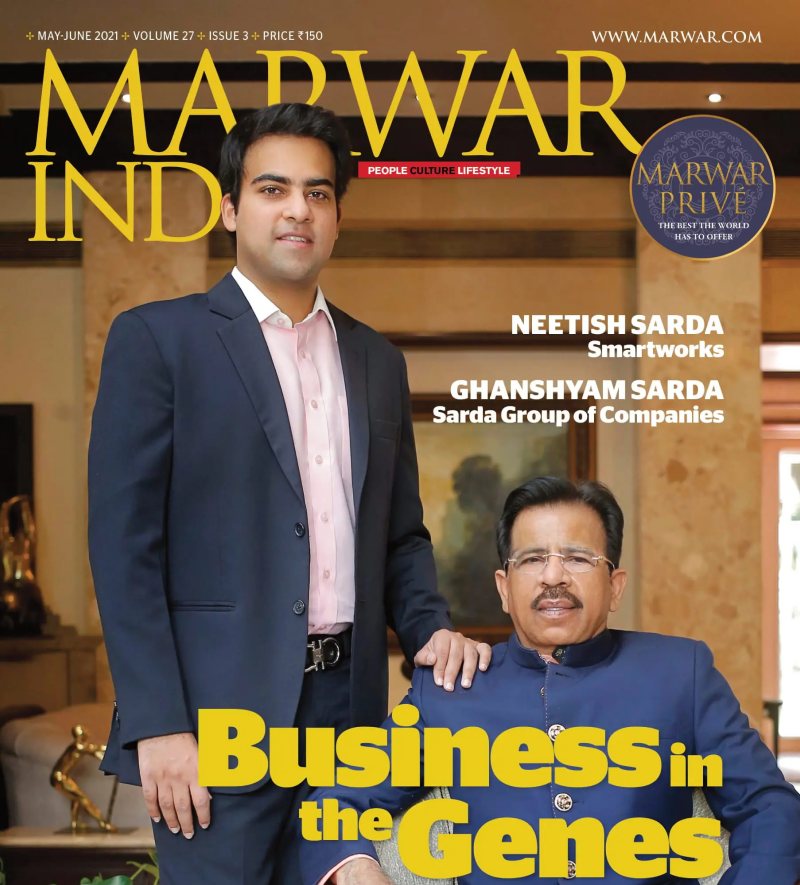
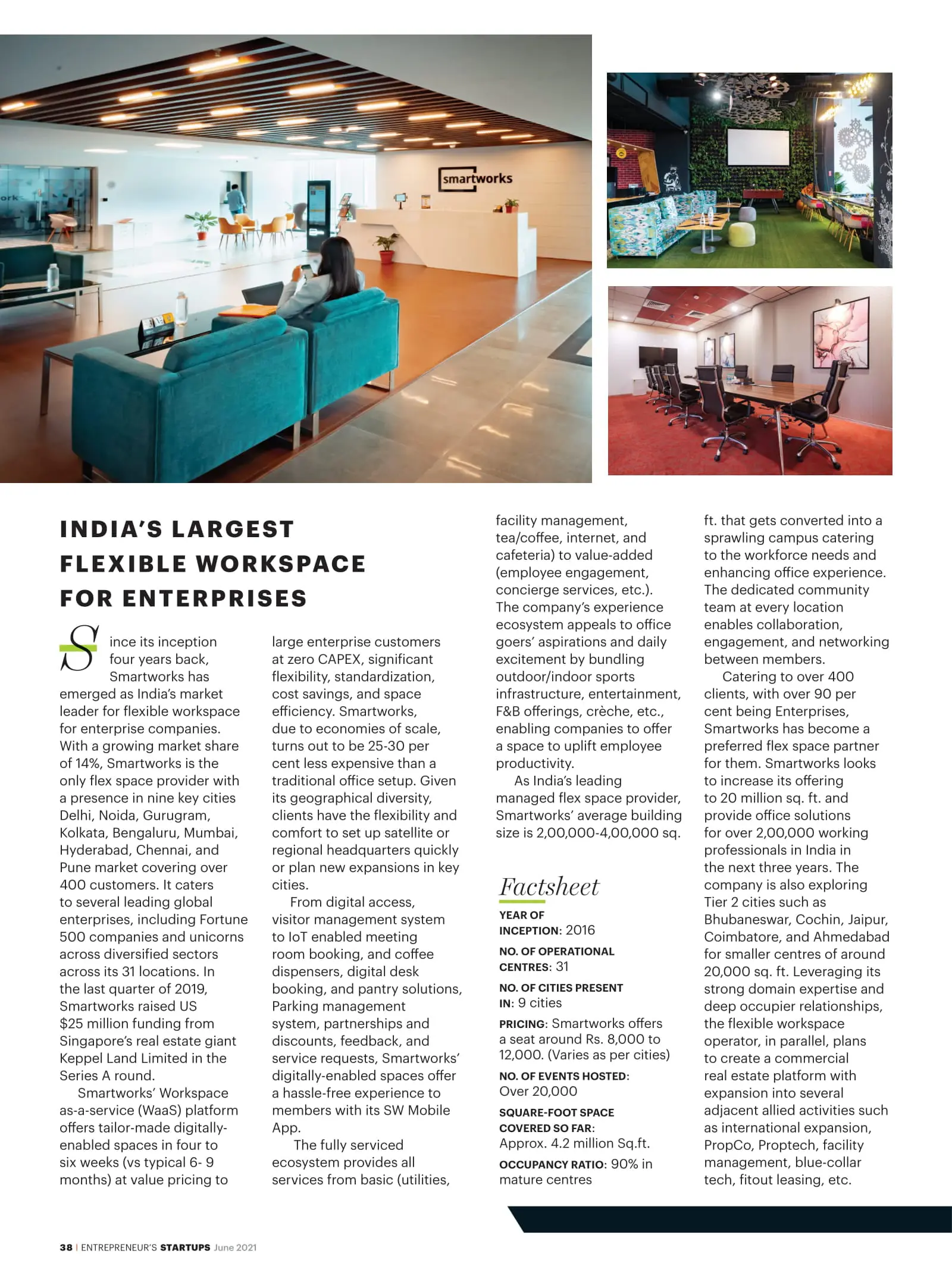
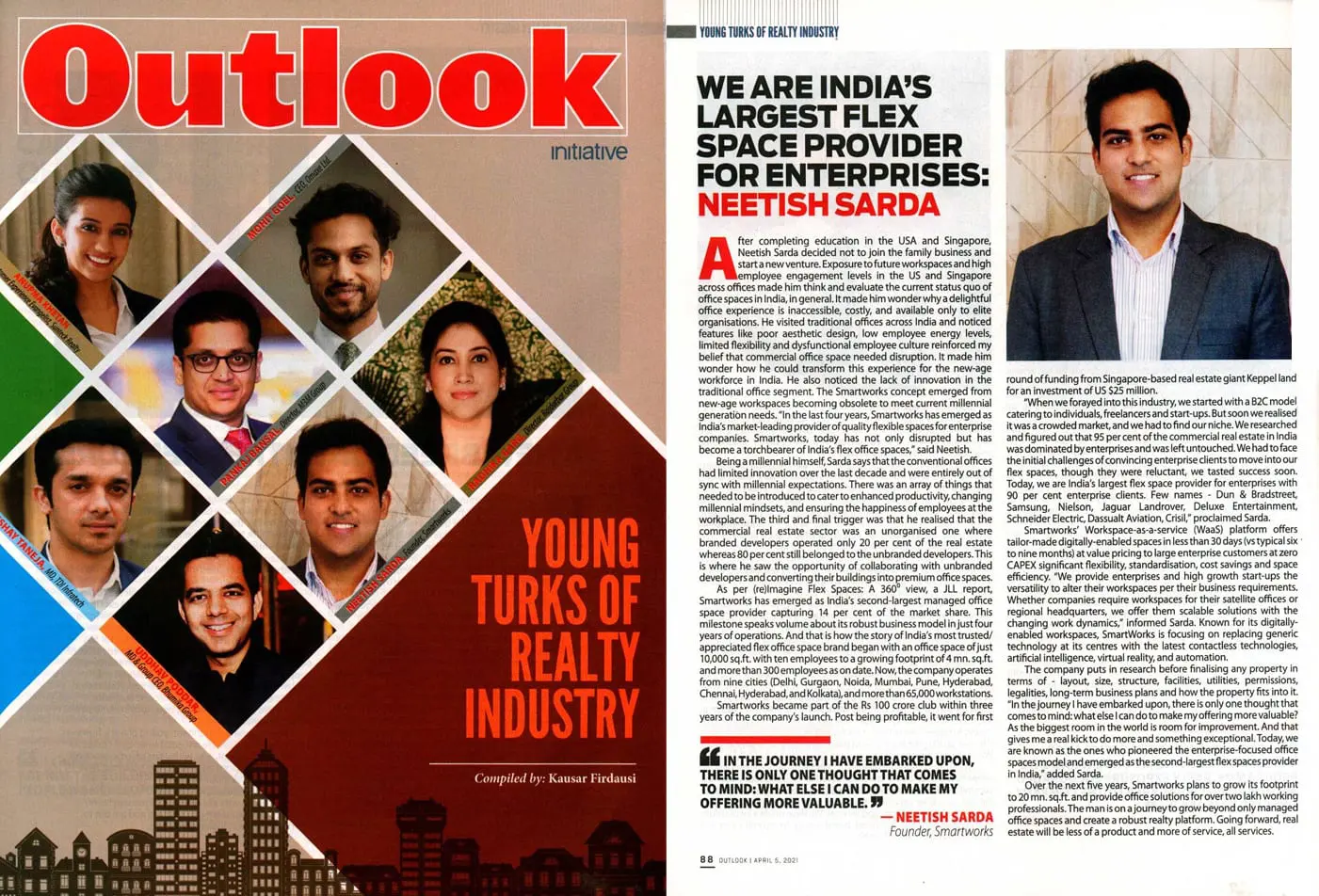

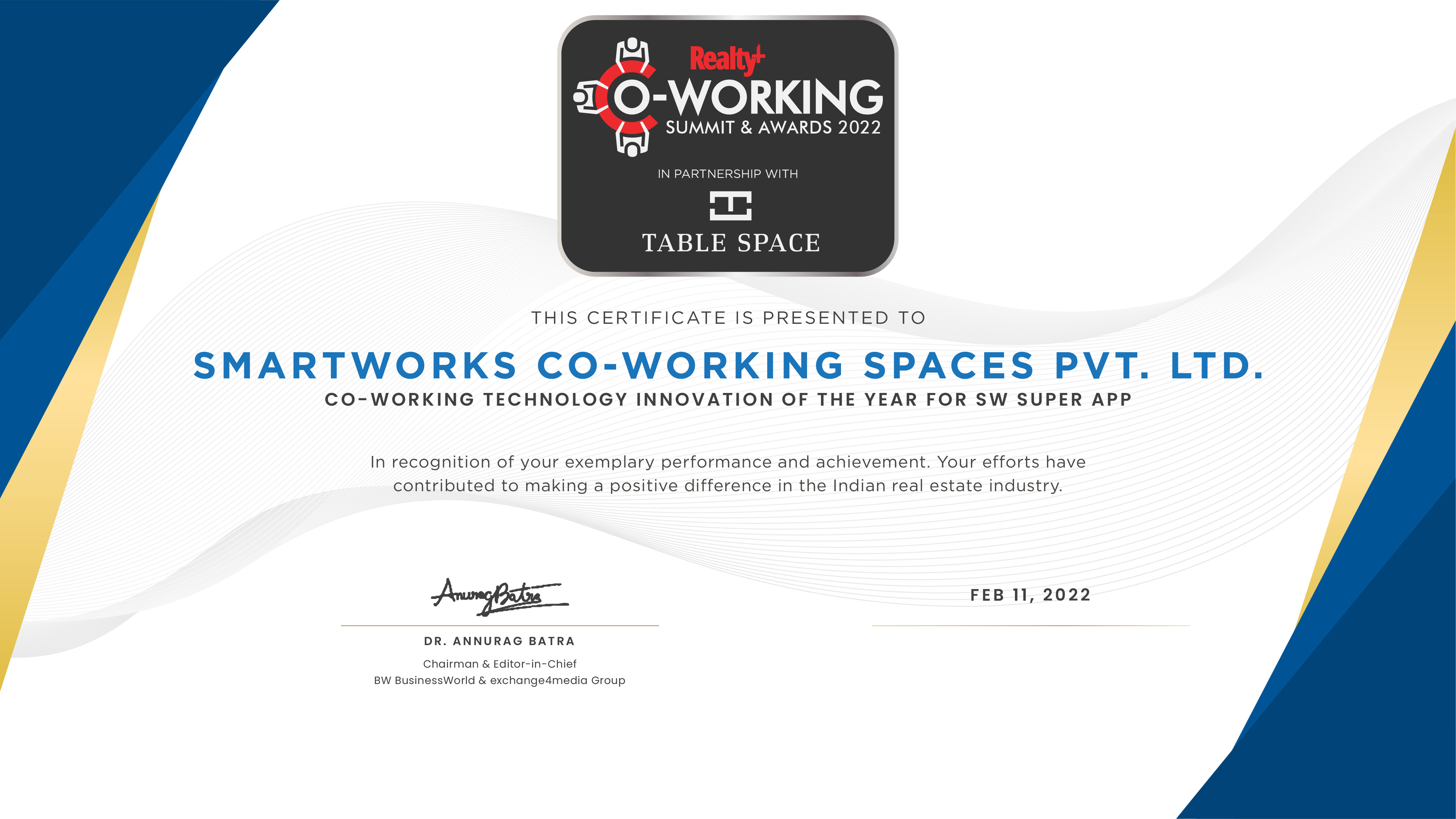
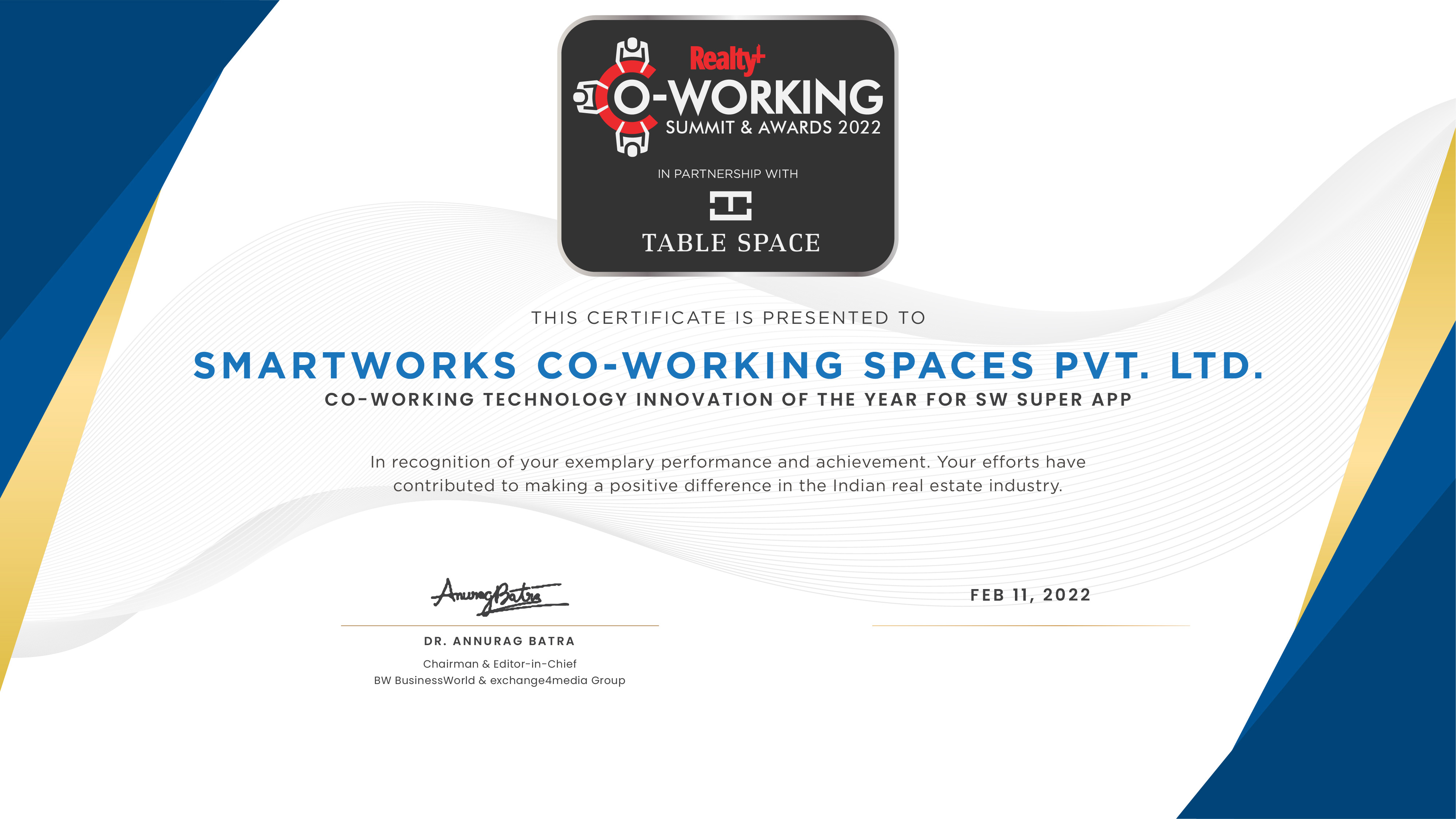
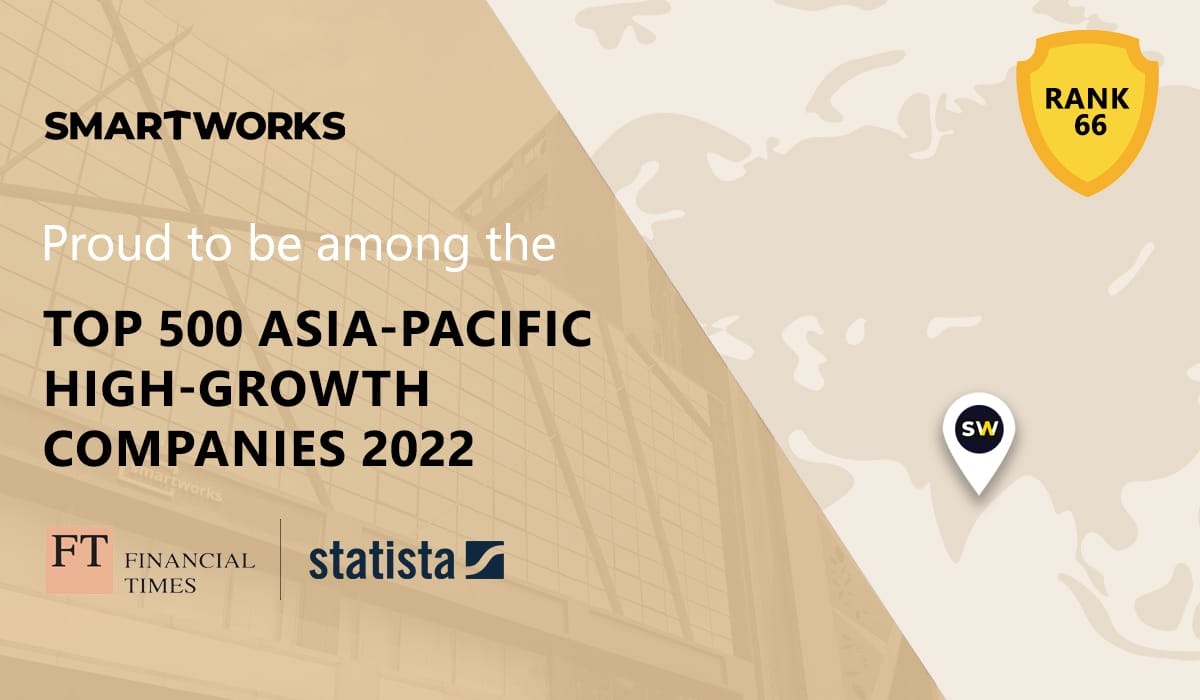



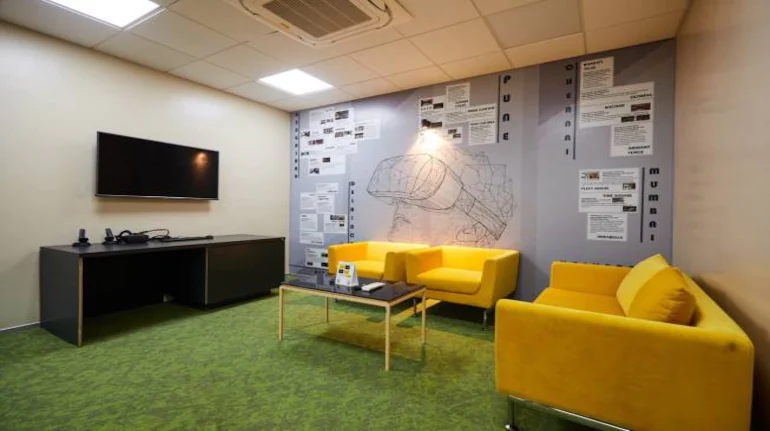




.jpg)


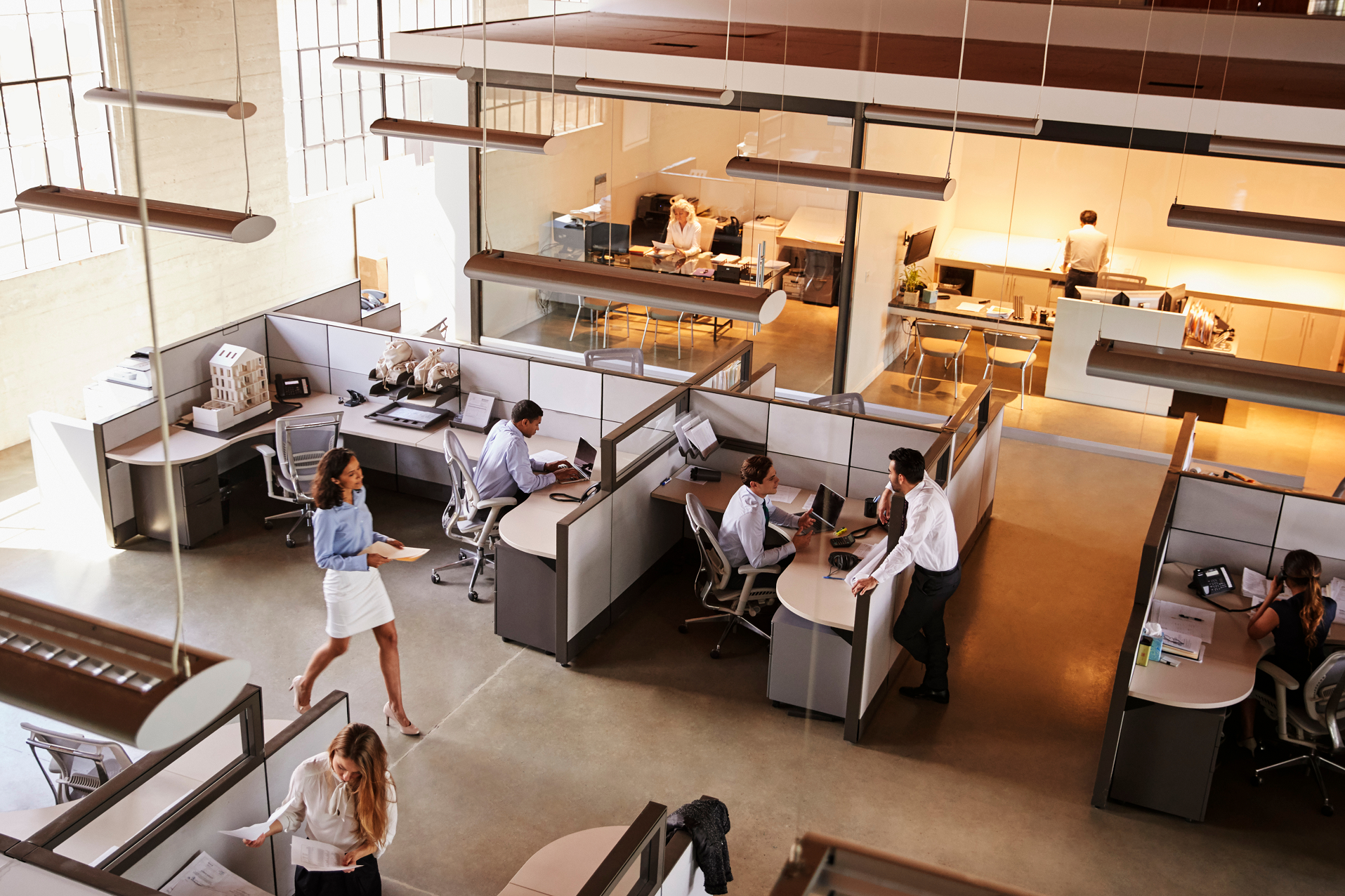
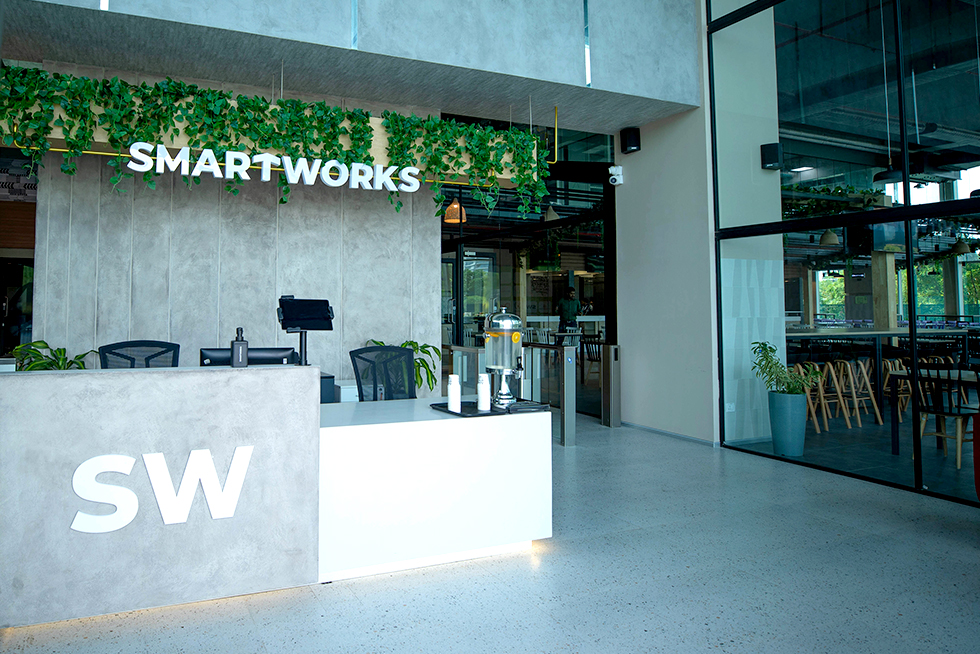
.webp)
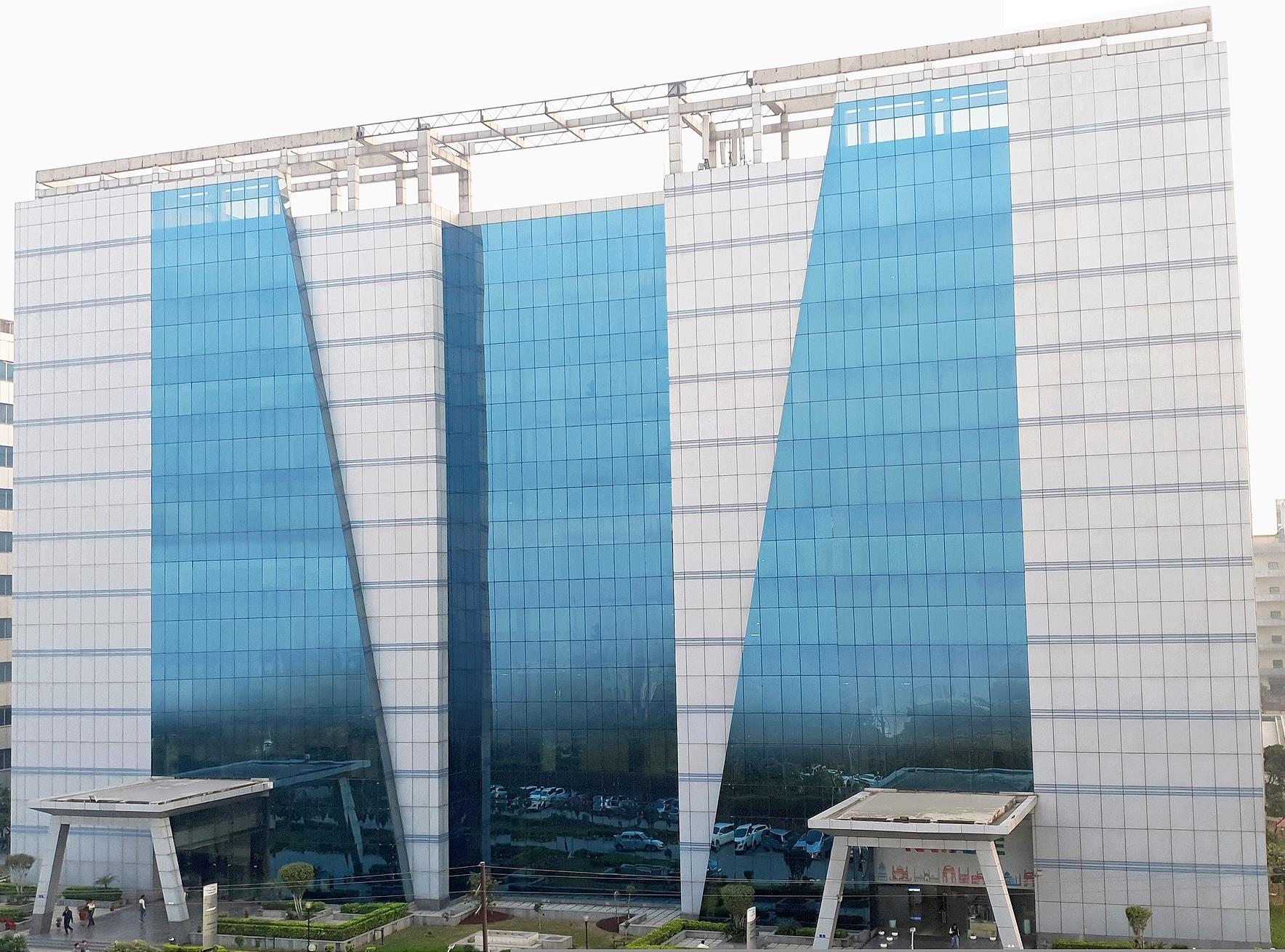
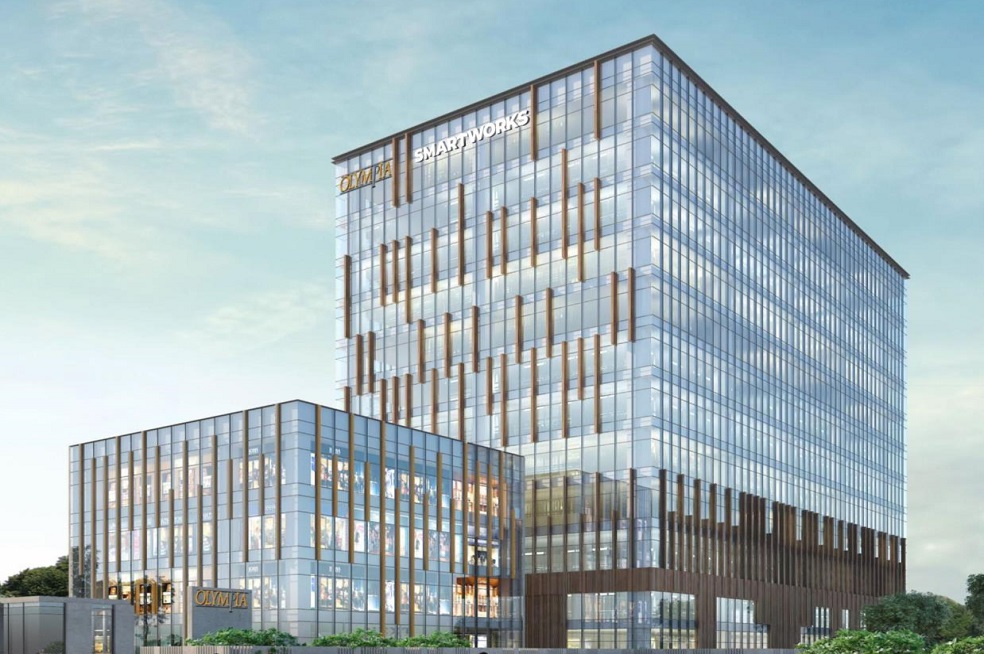


(1).jpg)
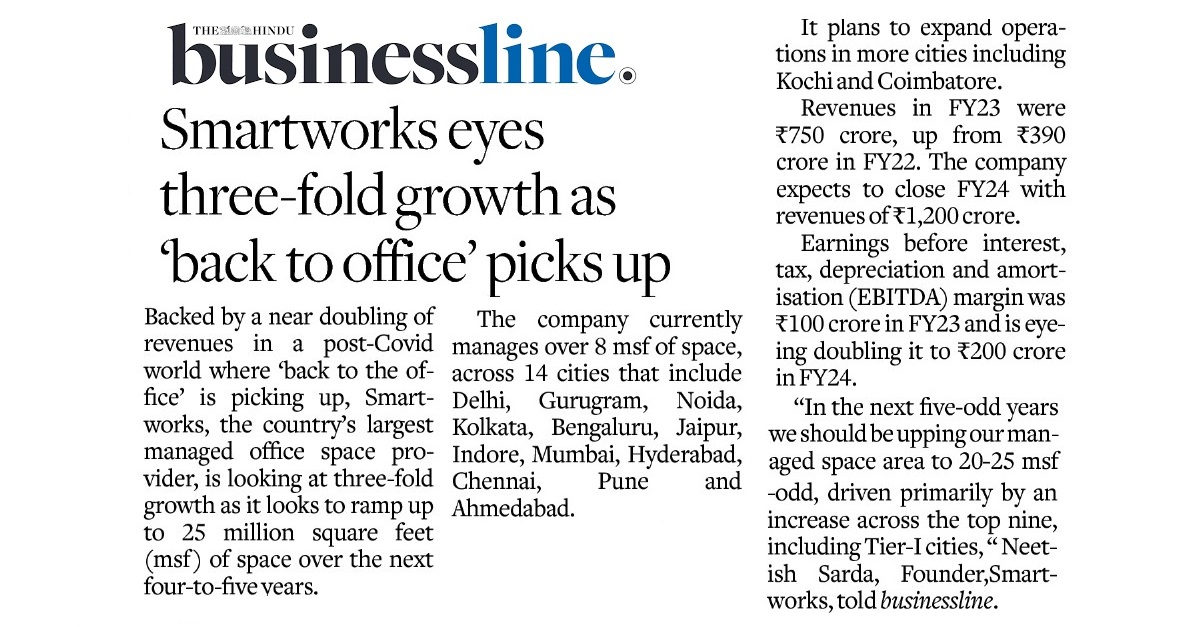
.png)
